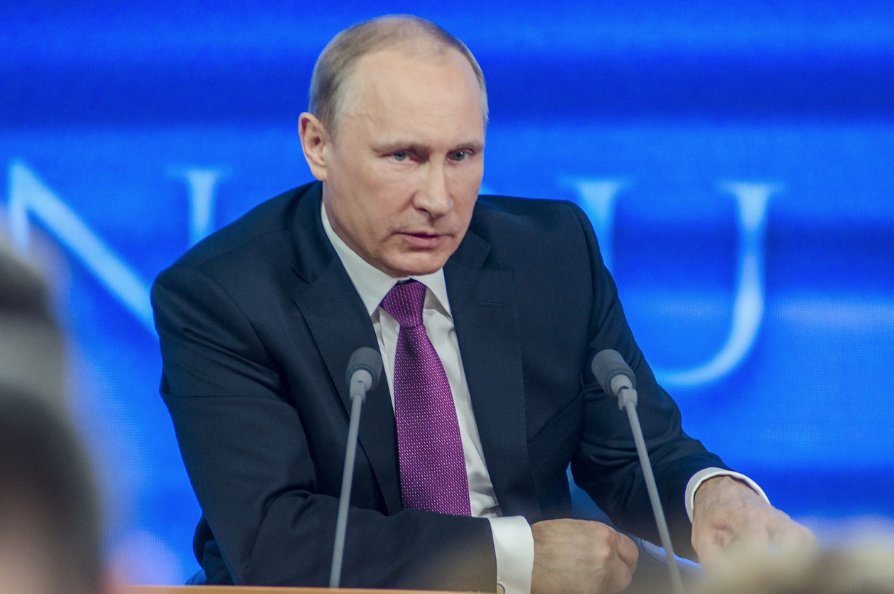A preliminary recommendation by the state Department of Transportation on a preferred mass transit mode or modes for the I-287 corridor should be issued in the next few weeks.
Tappan Zee Bridge Project Team Leader Mike Anderson said the DOT, which is heading the project, “is working toward that timeline.”
Earlier this year, the project team announced that its preferred transit mode would be announced in May. The project team is comprised of representatives of the state Department of Transportation, Thruway Authority and Metro-North Railroad.
“We”™re a little behind schedule,” said Anderson. “But we are continuing to work on it and expect an announcement in the next few weeks.”
The state is exploring several different transit options for the corridor, including bus, light rail, or a multi-modal mass transit system.
Any mass transit mode that is implemented for the corridor would likely include the building of a new Tappan Zee Bridge.
The New York Metropolitan Transportation Council has projected that the Tappan Zee could have 200,000 vehicles traveling across it daily by 2025. Built in 1955, the bridge was designed to handle 85,000 vehicles a day.
Depending on what transit option is chosen, estimates range from $12 to $15 billion to complete the project, the state said last year.
Anderson said the project team has been reviewing the public comments made over the past year or so during forums about the future of the I-287 corridor.
He said after the project team issues its preliminary recommendations, it will conduct further public hearings to get input.
“We want to get input on everything we do,” Anderson said. “We intend to continue to enhance public participation.”
After that, the preliminary recommendations could be further revised.
“They could be subject to change, that”™s a possibility,” said Anderson.
According to the project schedule as it currently stands, a Draft Environmental Impact Statement (DEIS) on the chosen transit option is to be published in the summer of 2009, followed by public hearings in the fall of 2009.
The project schedule anticipates a federal decision on the initial DEIS in April 2010, including formal Records of Decision on the preliminary transit analysis and the complete highway and bridge analysis. The second EIS developing mass transit specifics is scheduled to begin as soon as the decision on the first is received.
The alternatives currently being discussed for the future of the bridge and corridor include a “no build option” where the current bridge would continue to be maintained; another option keeps the current bridge but adds “travel demand management measures,” such as congestion pricing and ramp metering, which uses signals to control the number of vehicles that can enter the highway.
The other options include implementing either a bus rapid transit system, light rail, or multi-modal system featuring both. Meantime, a $5.4 million study unveiled this month at Stewart International Airport is investigating to recommend whether west-of-the-Hudson rail traffic should run through the new NJ Transit rail tunnel into downtown Manhattan, among other options.



















